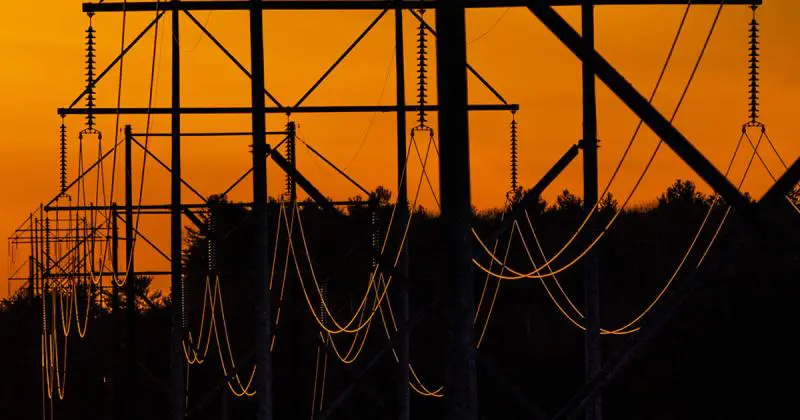As Maine reinvents its electricity grid, it will need greater public engagement, utility oversight and data-sharing
The U.S. electricity grid is a dinosaur, a huge, unwieldy relic of the past. Built with an expected lifespan of 50 years, much of its infrastructure is now more than 60 years old. Its outmoded design reflects an era when power flowed only one way — from generators to consumers.
Now the grid must become more of a beehive with energy entering and exiting in countless directions, given distributed energy resources like wind and solar generation. Like a hive, it needs substantial storage capacity. And it must handle increased demand: The New England regional grid is expected to see a doubling or tripling of electricity use by 2050 as heating and transportation shift from fossil fuel reliance.
Maine is just starting to confront the magnitude of this power sector overhaul. Last fall and winter, a diverse group representing environmental, consumer and industry interests, utilities and state agencies — the Maine Utility/Regulatory Reform and Decarbonization Initiative (MURRDI) — met repeatedly to discuss how to navigate this grid transformation, eventually releasing consensus recommendations. A few are already taking form, thanks to laws passed in the recent legislative session.
A more flexible grid
The grid of the future must be nimble, partly due to the intermittent nature of renewable power. Another factor driving load flexibility is that electricity consumers can now be active producers (in the case of rooftop solar) and can adjust their electricity use in response to price signals (such as time-of-use rates).
Electricity consumers who shift their use to lower demand times can — in industry lingo — “shave the peak.” Load flexibility offers numerous benefits, Kay Aikin, co-founder of Dynamic Grid in Portland, said at a June E2 Tech Forum: It reduces infrastructure needs and costs (including energy storage capacity), and helps cut carbon emissions.
As part of a newly passed law to advance energy storage, the Maine Public Utilities Commission (PUC) has opened a docket to look into rate design issues at Maine’s two dominant utilities, CMP and Versant, exploring how time-of-use rates could offer sufficient incentive to shift consumer behavior.
The PUC also has opened a docket to investigate the design and operation of electricity distribution, trying to determine how the system can accommodate substantially more power. The commission has hired consultants and expects their reports by early next year, according to Susan Faloon, a PUC spokesperson, and then “the commission will conduct a full investigation.”
….
Whether these two efforts coordinate remains to be seen, but according to MURRDI participant Jeff Marks, Maine director for the nonprofit Acadia Center, “they need to get started quickly and they need to work together.”
There’s widespread acknowledgment, he added, that “if we’re going to get to the scale of decarbonization we need to, we’re going to have to do planning in a completely different way than we do now.” A growing number of people, Marks included, are convinced that means separating grid planning functions from utility ownership. Who takes over that planning role is “still an open question,” he added, but “there’s going to have to be a discussion about utility structure going forward.”
Read the full article in the PenBay Pilot here




















Follow us